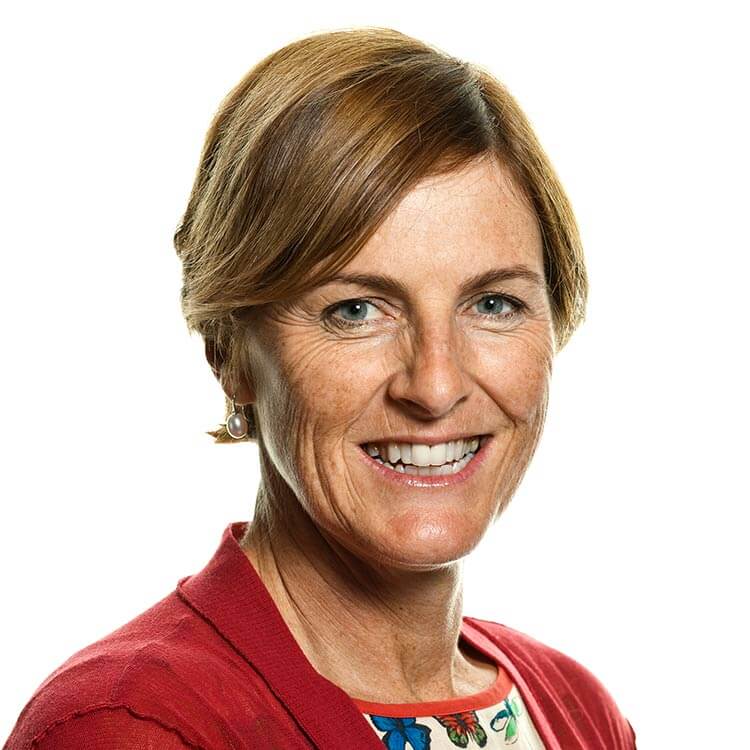Search

News & Events
The Kids researcher awarded prestigious EU Horizon 2020 grantProfessor Cate Taylor, is part of an International cohort of researchers to secure over €1.45million in grant funding from the EU’s Horizon 2020 programme.

News & Events
Chronic illness affects young children’s school readinessResearchers from the The Kids Research Institute Australia and UWA have found that young children with a chronic disease are more likely to fall behind their peers in a wide
Research
A whole-of-population study of term and post-term gestational age at birth and children's developmentRelative risks of developmental vulnerability for each week of gestation were calculated with adjustment for confounders and addressing missing information.
Research
International research utilizing the Early Development Instrument (EDI) as a measure of early child development: Introduction to the Special IssueThis opening paper presents the background to this Special Issue devoted to new international research using Early Development Instrument
Research
Barriers to Parent–Child Book Reading in Early ChildhoodParent–child book reading interventions alone are unlikely to meet needs of children and families for whom the absence of reading is psychosocial risk factor
Research
Gender Gaps in Cognitive and Non Cognitive Skills in Early Primary Grades: Evidence from Rural IndonesiaThis paper examines gender gaps in cognitive and non-cognitive skills among a sample of more than 10,000 children between the ages of 6 and 9 in rural Indonesia
Research
Methodological approach to exploring change in the Australia Early Development Instrument (AEDI): The estimation of a critical differenceThis report provides the technical details for the methodology calculated to determine "how big" a difference in the AEDI results between 2009 and 2012 is...
Research
Innate epithelial and functional differences in airway epithelium of children with acute wheezeEarly childhood wheeze is a major risk factor for asthma. However, not all children who wheeze will develop the disease. The airway epithelium has been shown to be involved in asthma pathogenesis. Despite this, the airway epithelium of children with acute wheeze remains poorly characterized.
Research
The Causal Effect of Parent–Child Interactions on Child Language Development at 3 and 4 YearsLanguage development is critical for children's life chances. Promoting parent-child interactions is suggested as one mechanism to support language development in the early years. However, limited evidence exists for a causal effect of parent-child interactions on children's language development.
Research
Evaluating the scale-up of the Play Active programme for children’s physical activity in early childhood education and care services: a national type III hybrid effectiveness-implementationPhysical activity is crucial for young children's health and development. Many young children do not meet the recommended 3 hours of daily physical activity, including 60 min of energetic play. Early childhood education and care (ECEC/childcare) is a key setting to intervene to improve children's physical activity. The Play Active programme is a scalable evidence-informed ECEC-specific physical activity policy intervention with implementation support strategies to improve educators' physical activity-related practices.
